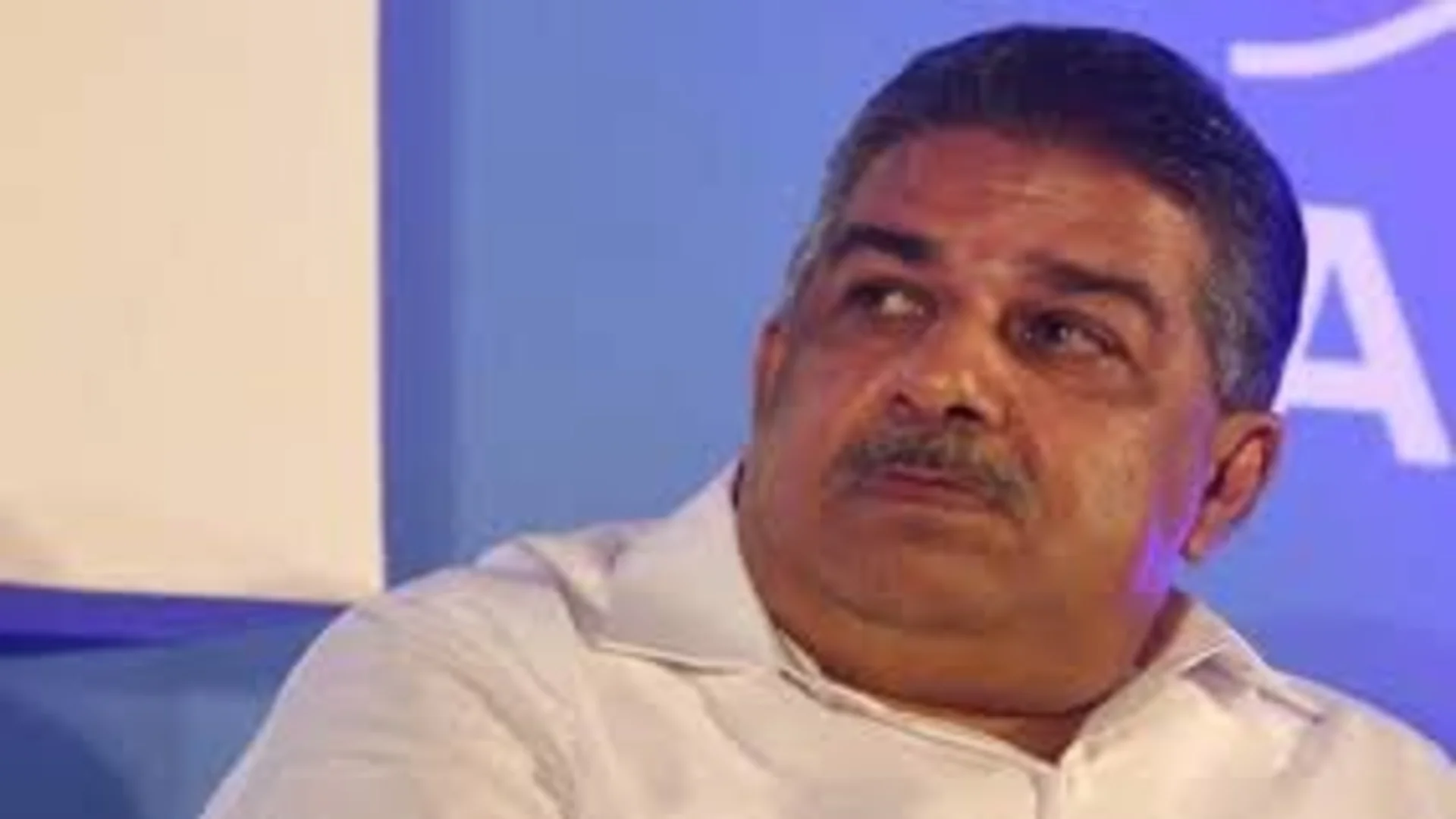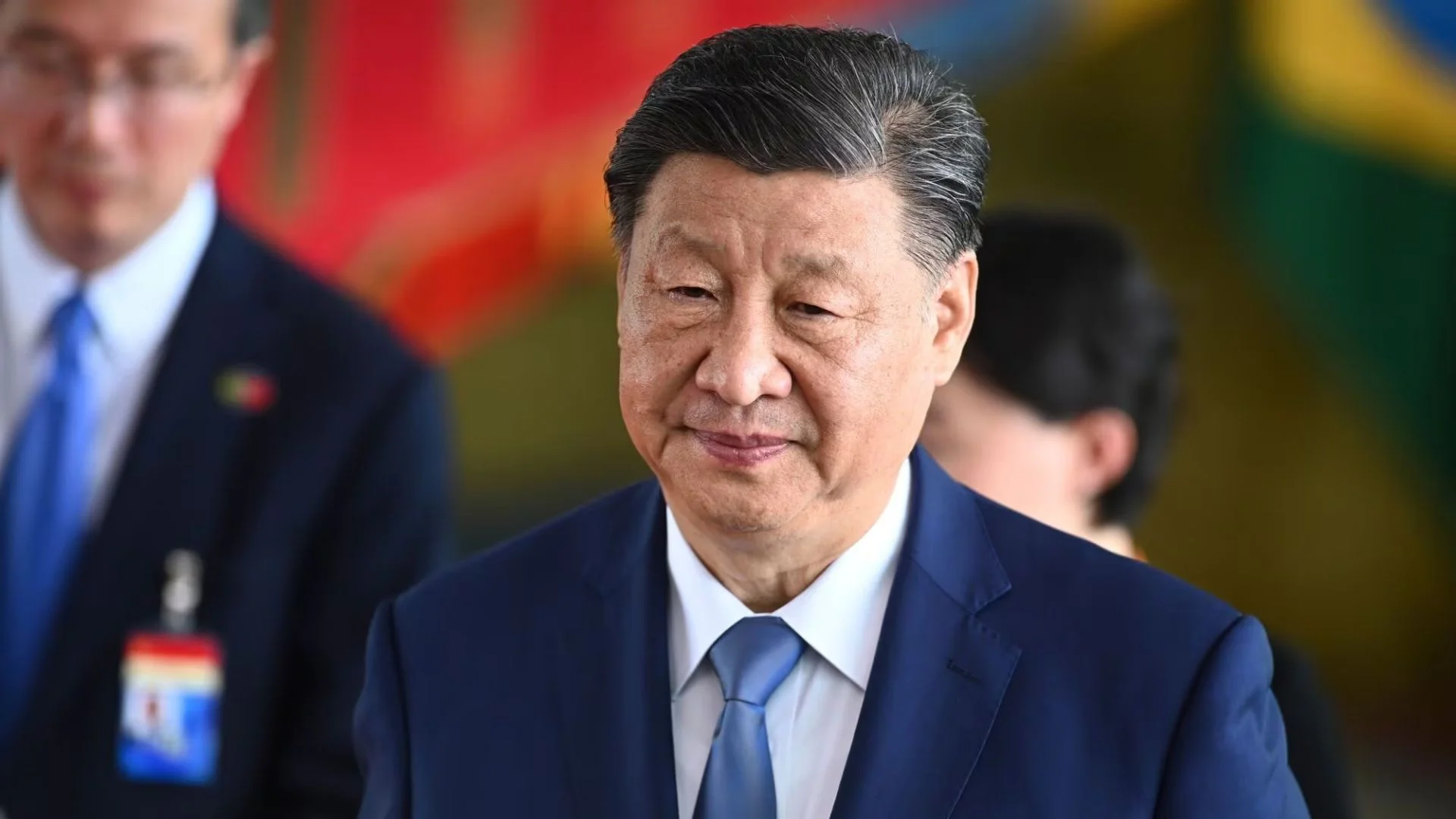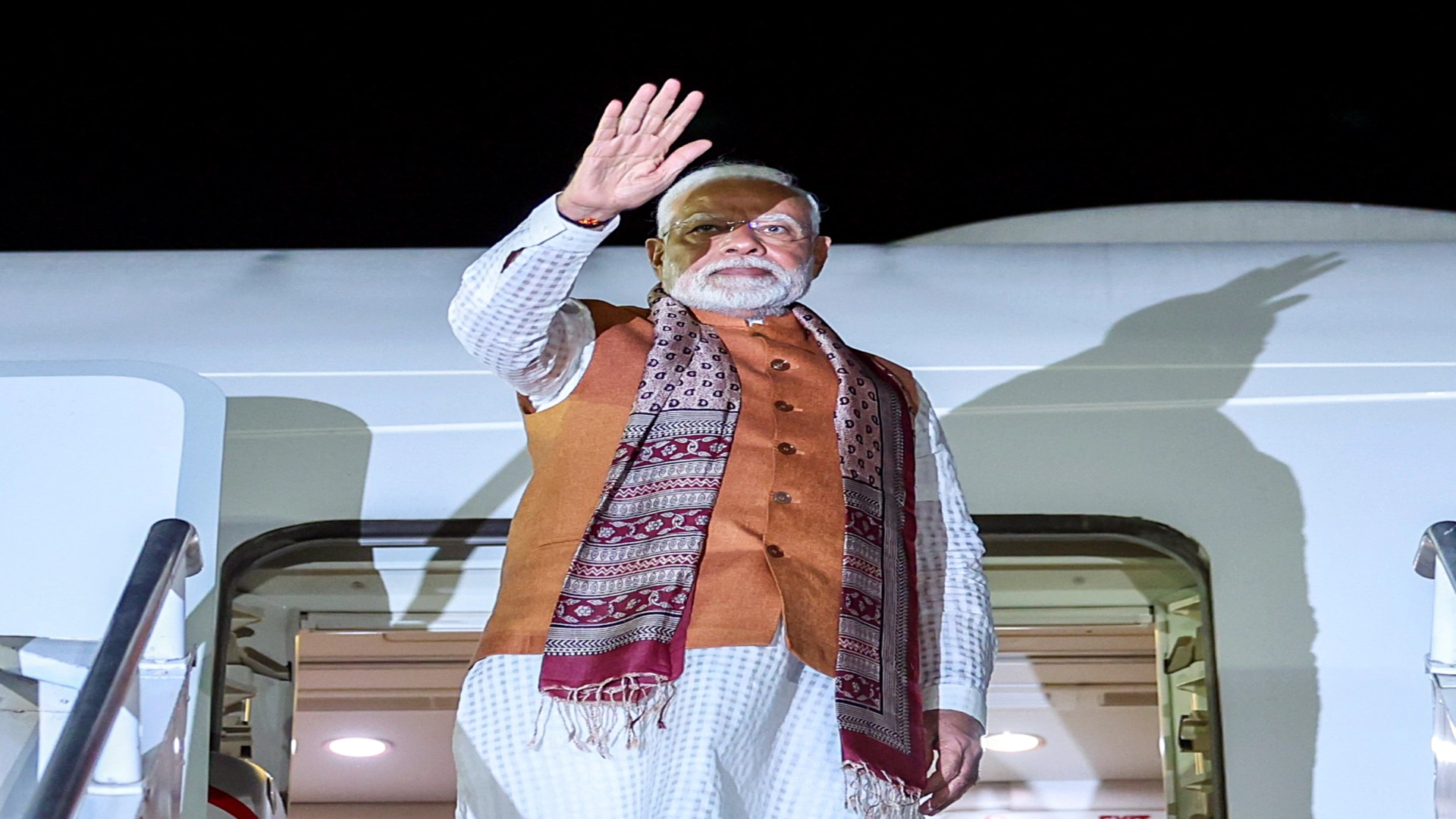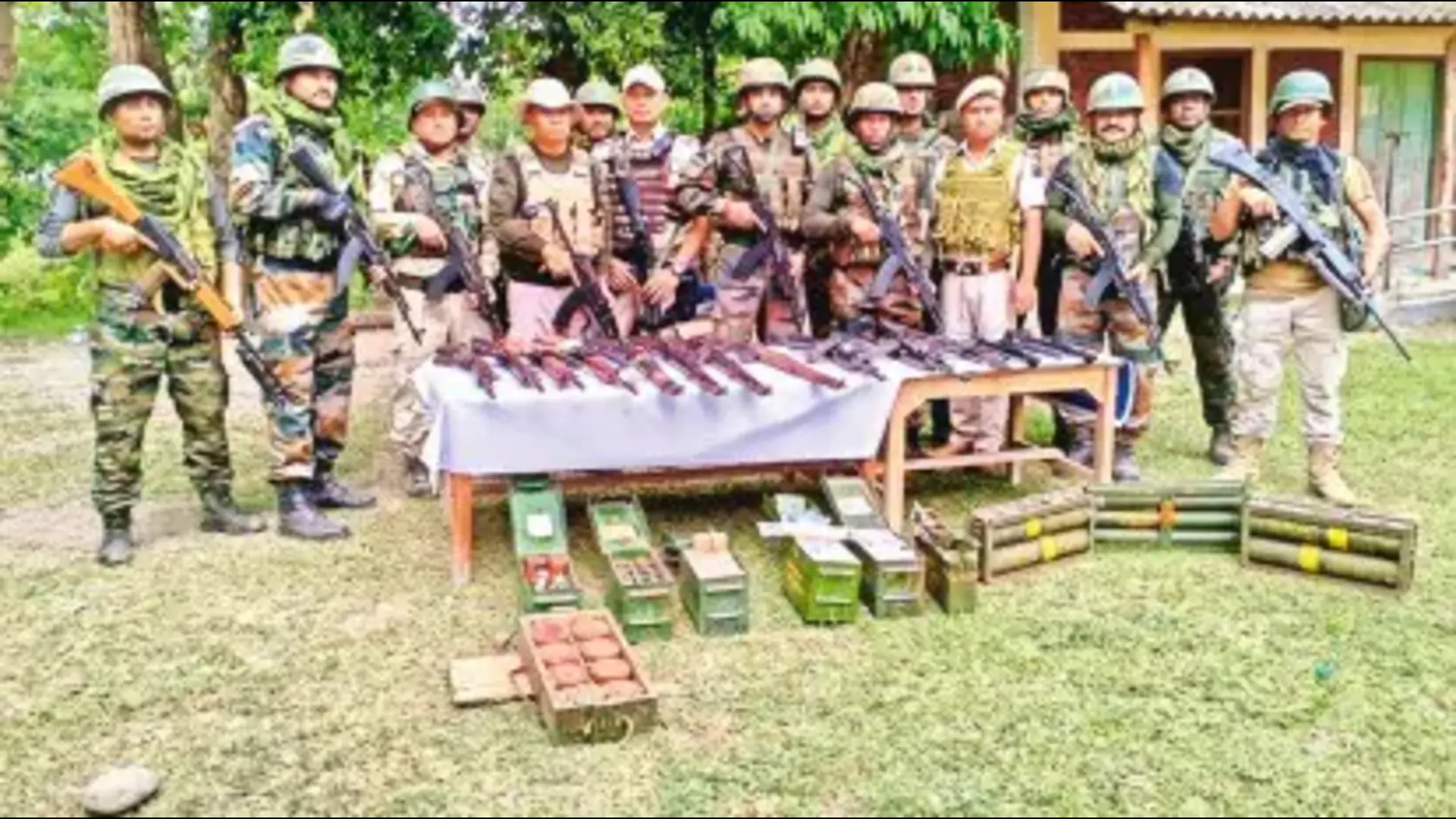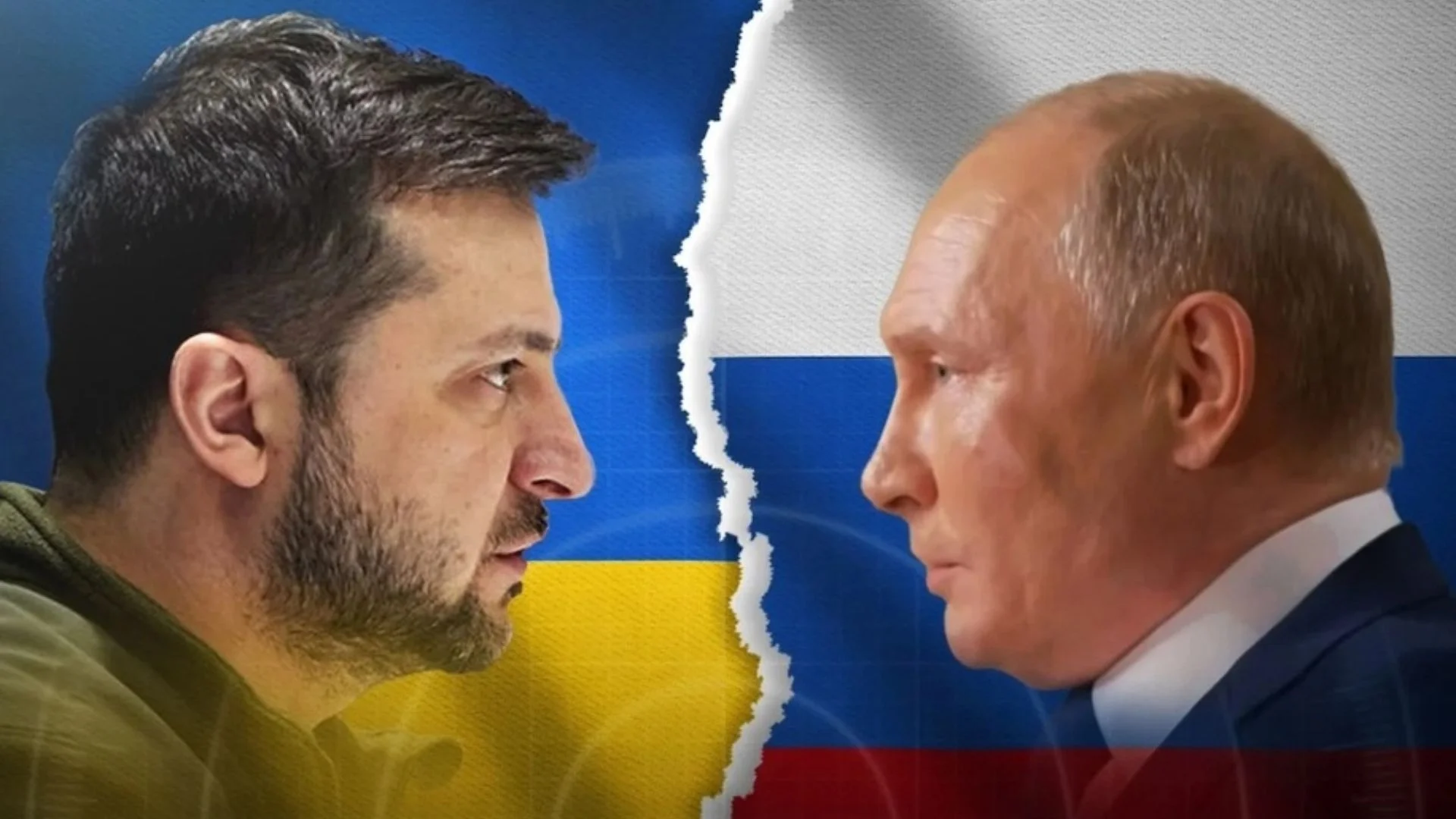While leaving just no stone unturned in taking a very simple, straightforward and sensible stand, the Orissa High Court in a most learned, laudable, landmark and latest judgment titled Management Committee, CFH Scheme, Pradip Port v. Paradip Port Workers Union & Anr in WP (C) No. 14256 of 2021 and cited in 2023 LiveLaw (Ori) 27 that was pronounced as recently as on February 21, 2023 has laid down in no uncertain terms that mere admission by a person of a different date as his date of birth cannot stand in the face of documentary proof of date of birth like School Leaving Certificate. It must be mentioned here that while providing relief to a workman against his management, a Division Bench of Hon’ble Mr Justice Arindam Sinha and Hon’ble Mr Justice Sanjay Kumar Mishra waxed eloquent observing that, “This admission cannot stand in face of the documentary evidence, borne out by the school leaving certificate. School leaving certificate is one of the proofs of date of birth. Furthermore, admissions can be explained. Section 31 in Indian Evidence Act, 1872 says admissions are not conclusive proof but may operate as estoppels under the provisions thereafter contained.” Very rightly so!
At the very outset, this extremely commendable, courageous, cogent, composed, convincing and creditworthy judgment authored by Hon’ble Mr Justice Arindam Sinha for a Division Bench of the Orissa High Court comprising of himself and so also Hon’ble Mr Justice Sanjay Kumar Mishra sets the ball in motion by first and foremost putting forth in para 1 that, “Petitioner is the management. It has challenged award dated 18th December, 2020, by which there was finding that date of birth of opposite party no.2 (workman) is 28th August, 1958.”
To put things in perspective, the Division Bench then envisages in para 2 that, “Mr. Panda, led by Mr. Das, learned advocates appear on behalf of petitioner. Mr. Panda submits, annexure-1 series were documents exhibited before the Central Government Industrial Tribunal-cum-Labour Court. He draws attention to affidavit sworn by said opposite party on 2nd June, 1994, wherein by paragraph 2 he said that his actual date of birth is 28th August, 1958 and he had no other document in support of his date of birth except the affidavit. He clarifies, this was when the management had formed a subcommittee and was looking into the age of the mazdoors employed, under the scheme formulated pursuant to directions made by the Supreme Court. The committee found several reasons to doubt said opposite party’s claim to have been born on 28th August, 1958. In year, 1994 wife of said opposite party was said to be 30 years, when his first son was already 16 years old. In the circumstances, marriage age was doubtful leading to hundred percent doubt regarding age of the workman. Accordingly, the workman was asked to appear before the committee. The workman admitted to have been born two years prior to his claimed date of birth. Hence, the application form for registration of workers, carrying particulars of opposite party workman, were altered in respect of his date of birth and present age. In acknowledgment of the alterations, the workman put his signature and also endorsed the date as 8th August, 1994. In those facts, the Tribunal could not have come to any other finding. It having done so, the finding was not based on relevant evidence and, therefore, perverse.”
Simply stated, the Division Bench mentions in para 3 that, “Mr. Das takes over and relies on judgment dated 21st September, 2021 of the Supreme Court in, inter alia, Civil Appeal no.5720 of 2021 (Karnataka Rural Infrastructure Development Limited vs. T.P. Nataraja and others), paragraphs 9 series and 10. He submits, clear declaration of law is that even if there is cogent evidence, same cannot be claimed as matter of right and claim can be rejected on ground of delay and laches. There was gross delay in the workman having claimed and thereby raise dispute regarding his recorded date of birth.”
On the other hand, the Division Bench then discloses in para 4 that, “Ms. Jena, learned advocate appears on behalf of the workman. She submits, her client had pointed out the discrepancy in year, 2007, seven years before her client was to achieve age of superannuation, reckoned on purportedly corrected date of birth. The workman, duly obtained his school leaving certificate, in which there was clear record of his date of birth as 28th of August, 1958. This was documentary evidence before the Tribunal. The management though filed written statement but did not thereafter contest. The documentary evidence, produced by her client was, therefore, not even attempted to be impeached at trial. In the circumstances, finding of the Tribunal was based on relevant evidence. There should not be interference.”
As we see, the Division Bench then stipulates in para 5 that, “Question for consideration before this Court is whether the workman having consented to the alteration year, 1994, same would be better evidence than documentary evidence of his school leaving certificate. Facts are that the management upon having filed its written statement did not contest the proceeding in the Tribunal. We reproduce a sentence from paragraph 13 in the written statement.
“13. xxx xxx xxx. It is clearly understood that the workman in the subsequent stage has managed to obtain the SLC by illegal manner and have submitted same to claim undue benefit and hence the same may kindly be rejected.” (emphasis supplied)
It is clear, there was no allegation in the written statement to effect that the school leaving certificate was either forged, fabricated or manufactured. The manner of having obtained it was said to be illegal.” Most significantly and also most forthrightly, the Division Bench then mandates aptly in para 6 holding that, “In this case we have not been able to find establishment of fact that the workman was born on 28th August, 1956. The workman had initially asserted his date of birth as 28th August, 1958. Subsequently, he put his signature on the corrections made in initial record of his date of birth. The corrections, accompanied by signature and date put by the workman may at best amount to an admission on his part that he was born on 28th August, 1956. This admission cannot stand in face of the documentary evidence, borne out by the school leaving certificate. School leaving certificate is one of the proofs of date of birth. Furthermore, admissions can be explained. Section 31 in Indian Evidence Act, 1872 says admissions are not conclusive proof but may operate as estoppel under the provisions thereafter contained. The estoppel provisions are those in sections 115 to 117. Section 115 is not applicable to the workman as it is case of the management that he put his signature and date against the corrections, when confronted by the committee on doubts raised by it. The act of the workman cannot be said to have been in pursuance of his intention to cause the management to believe he was born on 28th August, 1956. The management already had that belief and made the workman acknowledge it. Sections 116 and 117 do not apply to the workman.”
It is worth noting that the Division Bench then very rightly minces absolutely no words to hold in no uncertain terms in para 7 that, “T.P. Nataraja (supra) is not applicable to this case. This is because the workman had not belatedly claimed correction of age recorded at the time of entry into service. There was originally recorded his date of birth as 28th August, 1958. Subsequently, same was corrected. He assailed the correction, presumably upon obtaining his school leaving certificate. This he did before seven years of his retirement reckoned on corrected age and nine years, reckoning his originally recorded age. It is the management, which made the correction and the workman raised dispute against it. Impugned award is dated 18th December, 2020. Though judgment in T. P. Nataraja (supra) was delivered on 21st September, 2021, earlier judgments of the Supreme Court relied upon therein were delivered long before as reported in years, 1994, 2011, 2016 and 2020 [Bharat Coking Coal Limited v. Shyam Kishore Singh, decided on 5th February, 2020 and reported in (2020) 3 SCC 411]. It follows, ground of delay and laches was available to the management, for it to have challenged the order of reference. It did not do so and also chose not to contest at trial. Impugned award is accordingly silent on the contention, not raised in the Tribunal.”
Finally and as a corollary, the Division Bench then concludes by directing in para 8 that, “For reasons aforesaid, we find the writ petition to be without merit. It is dismissed. Interim order stands vacated.”
All said and done, one has to be gracious and magnanimous in candidly conceding that the Orissa High Court in this notable case has been certainly in the right track by mincing just no words to indubitably hold that mere admission of different date of birth is not a better proof than the school leaving certificate. It thus definitely merits no reiteration that all the courts must definitely pay heed to what the Division Bench of the Kerala High Court has held so very elegantly, eloquently and effectively in this leading case! There can certainly be just no denying or disputing it!
